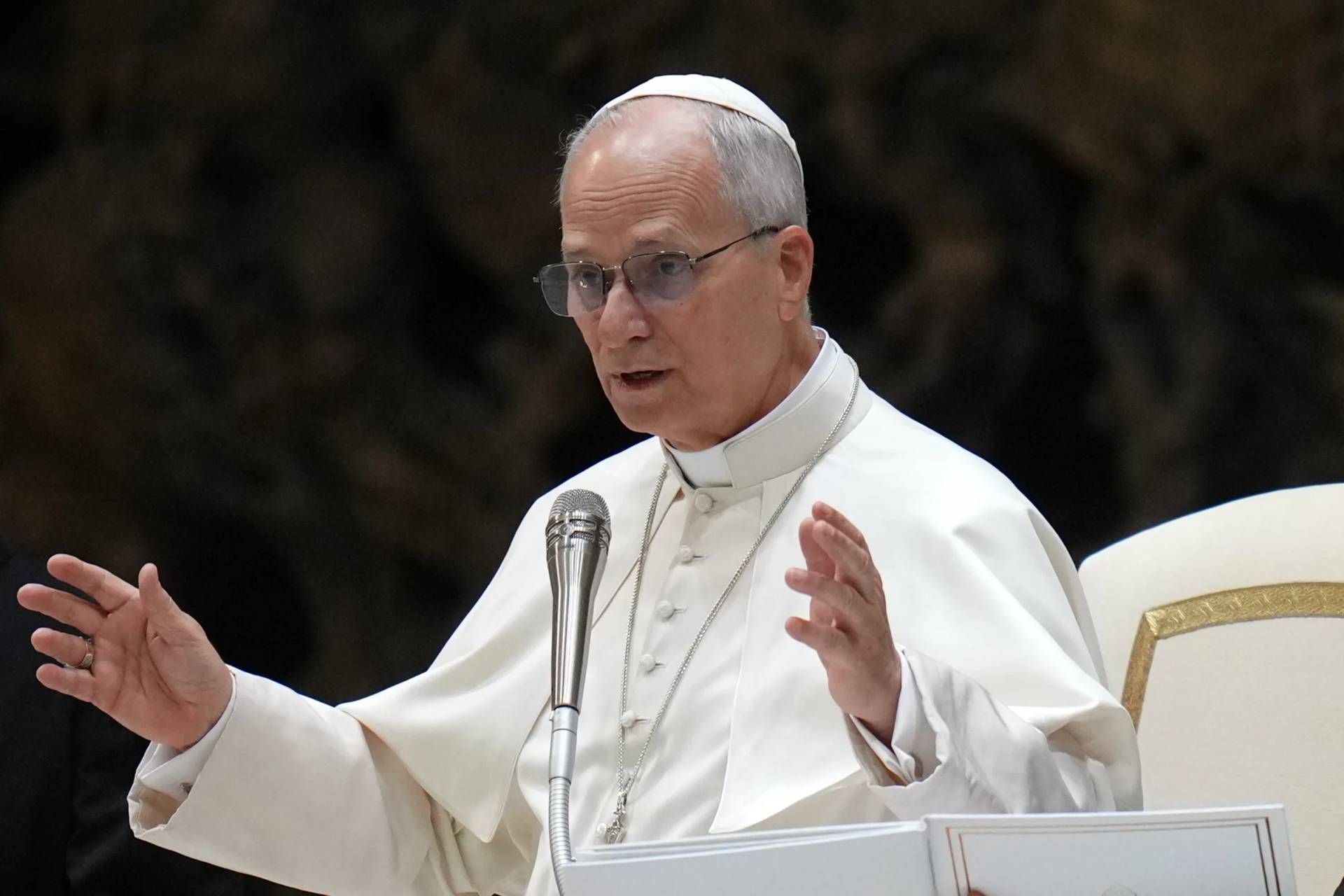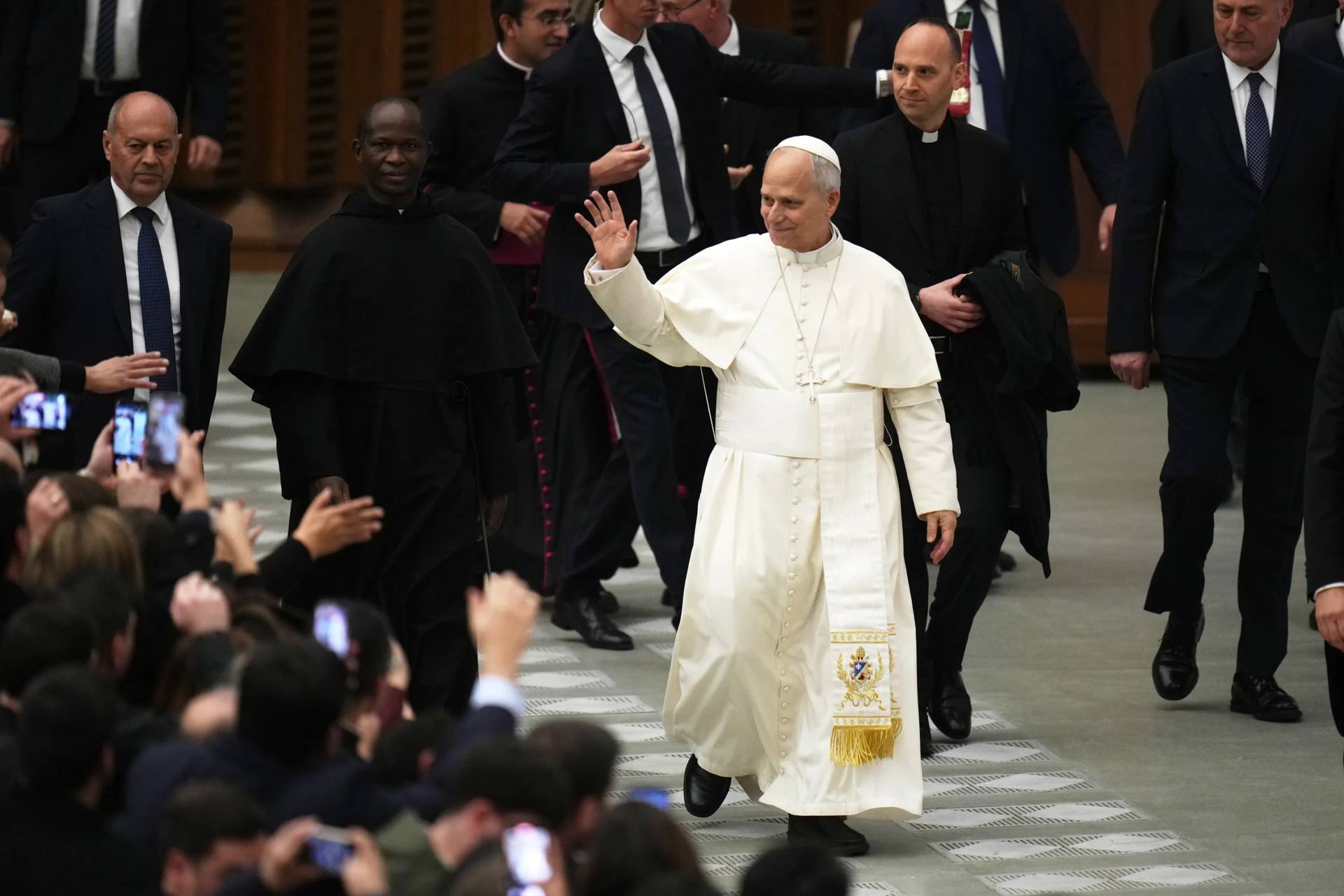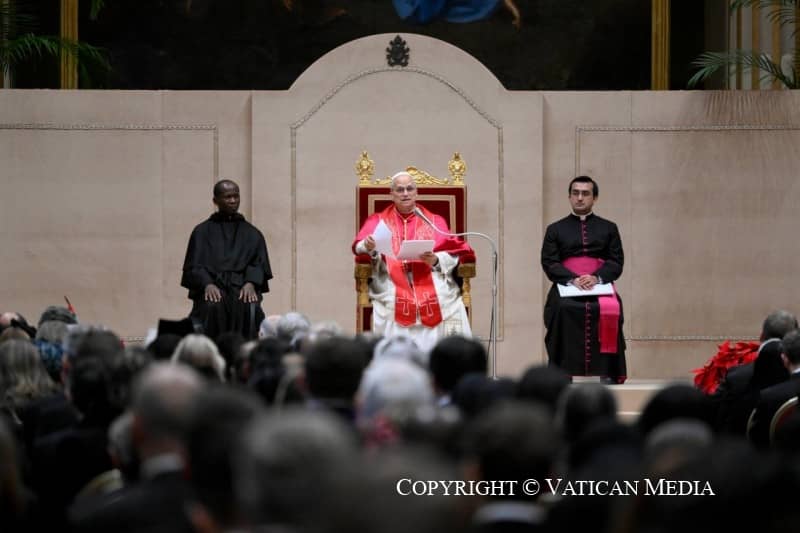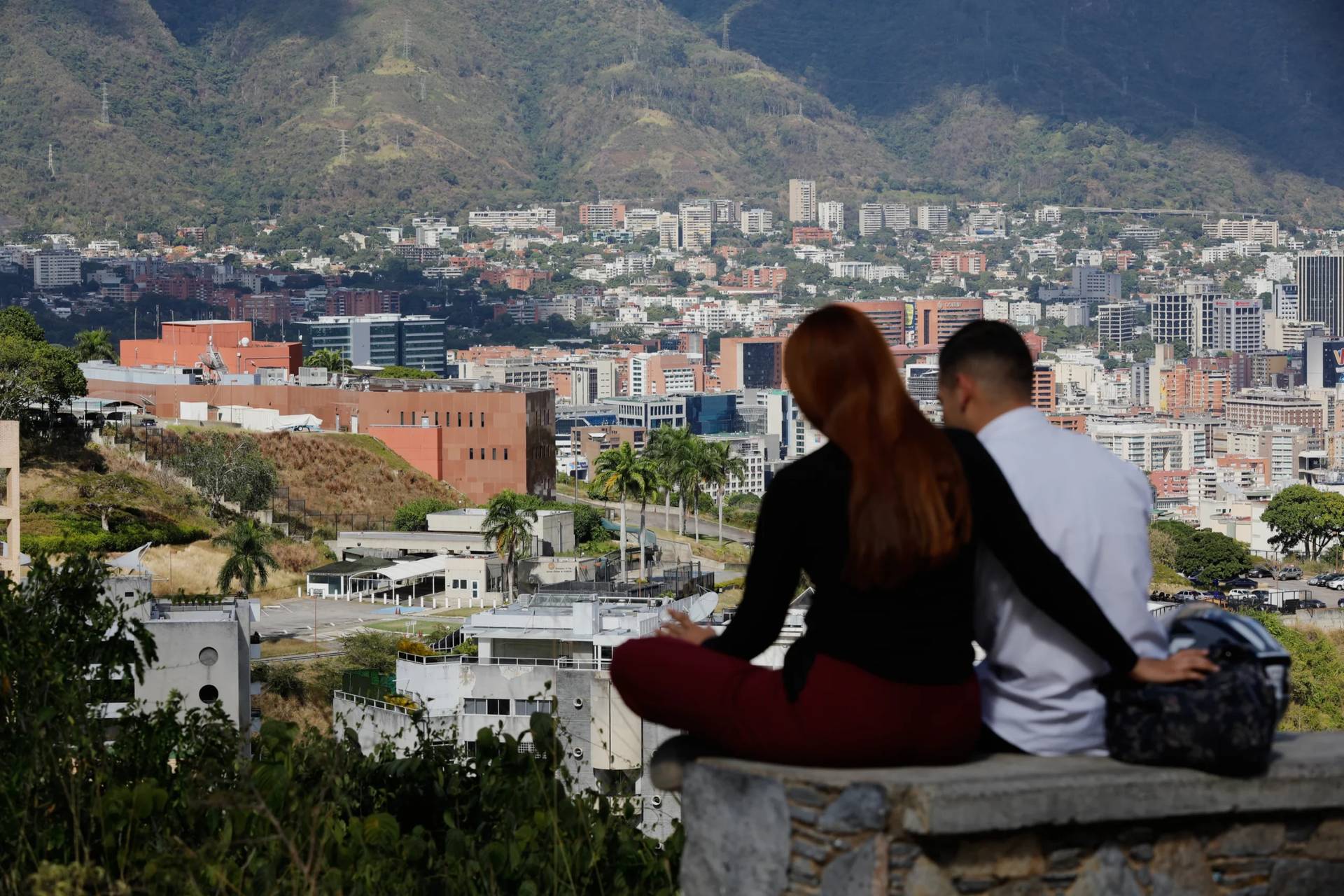ROME — It’s an incident that has caused controversy for 160 years: A 6-year-old Jewish boy taken from his family by papal police and brought to Rome to be raised Catholic after Church authorities learned his housekeeper had secretly had him baptized.
Now the case has reared its head again, with new evidence that memoirs the boy wrote as an adult were altered to take the edge off his anti-Semitic views and enhance details favorable to the Catholic Church.
The Associated Press has confirmed findings by Brown University historian David Kertzer that Edgardo Mortara’s memoirs were changed in ways big and small when they were translated from the original Spanish into Italian and published to great fanfare by Italy’s Mondadori house in 2005. AP found the Spanish text in a religious order’s archive this week.
The alterations do not significantly change the overall thrust of Mortara’s oft-stated gratitude to Pope Pius IX for having saved his soul by removing him from his Jewish family to raise him Catholic. But they do indicate that the tale — already subjected to over a century of revisions to suit various interests — has been recrafted again.
The changes, Kertzer told AP, “were clearly made with certain narrative purposes, to craft a narrative that was more in line with what the conservatives in the Church would like to present as what had happened in the story.”
That story began when Inquisition police took 6-year-old Edgardo from his home in Bologna on June 24, 1858. The reason? The Mortaras’ 16-year-old Catholic housekeeper had secretly baptized Edgardo when he fell ill as an infant, fearing for his soul if he died.
Mortara survived, and when word reached Church authorities that a baptized Catholic was living in a Jewish home, the Inquisition ordered his sequester under laws requiring Catholics be raised as such.
Pius took Edgardo under his wing, and the Jewish-born boy eventually became a Catholic priest, taking Pius as his priestly name. He died in 1940 in Belgium.
While such sequesters, as they were known, were not unheard of, the kidnapping became an international scandal and contributed to the anti-clerical sentiment sweeping across Europe. In Italy, the cause emboldened the liberalizing Risorgimiento forces who unified the country and brought about the collapse of the papal states through which the pope had controlled a swath of central Italy.

The 2017 publication of the English version of Mortara’s memoir — which includes all the alterations contained in the Italian — has cast a new spotlight on the case, just as Steven Spielberg is developing a film based on Kertzer’s 1997 book The Kidnapping of Edgardo Mortara, and Pius’s case for sainthood is pressing ahead.
In a recent article in The Atlantic magazine, Kertzer outlined several inconsistencies between the Spanish version of Mortara’s memoir and the Italian translation published by leading papal author Vittorio Messori in 2005 and titled, “Me the Jewish Boy Kidnapped by Pius IX: The unpublished memoirs of the protagonist of the ‘Mortara case.'”
Kertzer and Messori have feuded for years about the Mortara affair, evidence of the controversy it still sparks even today, with some in the Church defending Pius’s actions on the grounds that he had no choice but to raise Mortara Catholic under divine law.
The memoir in question, written in Spanish because Mortara was living in Spain at the time, is actually a contemporary, typed-up version of a hand-written one Mortara purportedly penned a century ago. The location of the hand-written text is unknown.
AP this week found the typed-up Spanish version in the historic archives of the religious order Mortara joined, alongside his hand-written journals and shelf upon shelf of dusty tomes of centuries-old Church documents.
Here are the key findings of the AP analysis:
—The 89-page notebook-sized autobiography, “El Nino Mortara y Pio Nono” (The Mortara Child and Pope Pius) isn’t actually Mortara’s original, hand-written text, which Kertzer says was penned in 1888. Rather, it is a typed up, spiral-bound booklet prepared nearly a century later by Father Juan Oleaga, a Spanish member of Mortara’s religious order who also prepared a typed-up booklet of Mortara’s correspondence in 1994.
—In a brief introduction to the autobiography, Oleaga wrote that he faithfully typed Mortara’s text and that it was “fruit of a spirit that possesses the truth.” He said Mortara died ever grateful to Pope Pius IX, who authorized his removal and took him under his wing, and remained close to his family “even though he never got to see them converted to Catholicism.”
—Oleaga appears to have written a long footnote in the first few pages of the text in which he justifies the taking of Mortara from his parents and recounts a tearful reunion between Mortara and the Inquisition official responsible for it. That footnote — written in the same typeface as Orteaga’s introduction and set off from the Spanish text with an asterisk — is seamlessly integrated into Messori’s version as if Mortara himself had written it.
—Mortara’s anti-Semitic comments contained in the original Spanish were removed in Messori’s version, including reference to Mortara having “always professed an inexpressible horror” toward Jews. Mortara’s original writings that the faith of his family was “false, contradictory, absurd, condemned by history and burdened by the ‘ridiculous’ which the majority of men condemn,” was reduced in Messori’s text to Judaism being merely “contradictory and surpassed by history.”
—Messori’s version removes references to the “neurosis” and psychological problems Mortara suffered later in life and omits a reference to his “violent” removal from his parents and how much he missed his mother. It also said he was “miraculously” cured from the illness that prompted his baptism. The Spanish text makes no reference to a miracle.
—Kertzer points out that even Mortara’s original Spanish contains factual errors, including names and dates that were corrected in Messori’s version. Mortara’s account also includes an anecdote that Kertzer says has no basis in documentary evidence: that Pius, after learning of the baptism but before removing the child, had tried to persuade his parents to accept a compromise to send Edgardo to a Catholic boarding school in Bologna so they could visit him “whenever they wanted.” Kertzer says that based on court testimony from the time, there is no evidence of any such negotiation and that when the police arrived to take Edgardo away, it came as a complete shock to the family.
Mortara’s great-great niece, Elena Mortara, said in an interview that the change was evidence of an effort to erase the anti-Jewish indoctrination her ancestor received from the Catholic teachers who raised and educated him.
“It was part of the brainwashing, the successful brainwashing, he had,” she said.
During an interview at her home, Mortara spoke of her family’s pain, which has been recounted from generation to generation, but also pride over the episode’s historical relevance.
“We knew that the family had fought for civil rights that would become civil rights for all citizens,” said Mortara, who wrote about the global significance of the case in a 2015 book.
Elena Mortara, who led a public protest by the family and Italy’s Jewish community when St. John Paul II beatified Pius in 2000, dismissed the value of even the Spanish version of the memoir as a document. She noted that it was written in the impersonal third person and typed up by someone else, and differs greatly in tone from Mortara’s hand-written journals, “where he shows all the conflicts within him, all the psychological conflicts, the drama of his soul.”
She vowed to once again mount a protest if the Vatican goes ahead with canonizing Pius and urged the current pope to consider changing Church law that still says that if an infant at risk of dying is baptized, the sacrament is valid even if it was done against the parents’ will.
Messori, for his part, insisted in a series of emails to AP that he worked from the original Spanish text and that a translator had faithfully translated it. He blamed any changes in the published version on editors at Mondadori, the Italian publishing house.
“I think someone wanted to cut out the things that seemed too harsh for the Jews while it was being worked on at Mondadori,” he said in an email. But he stressed: “The things that are being denounced by critics don’t in any way touch Father Mortara’s message of gratitude to the Church and Pius IX.”
Calls and emails to Mondadori seeking comment were not returned.
The issue has greater significance given that the English translation of the memoirs published by Ignatius Press was based on Messori’s Italian version, and therefore contains all the same alterations.
The editor of Ignatius Press, Jesuit Father Joseph Fessio, told AP that he would try to obtain a copy of the archived Spanish text and make the necessary changes. But he also said Ignatius had already tried in good faith to obtain the Spanish text from Mondadori. According to emails provided to AP, Mondadori told Ignatius there was no trace left of the Spanish text and to use its Italian.
“I talked to Vittorio Messori and here is the complete story,” read the Nov. 28, 2016, email from Mondadori’s foreign rights manager to her counterpart at Ignatius. She wrote that Mortara himself had actually made a translation into Italian for the order’s superior general.
“So the text found by Messori is the original one, translated from Spanish into Italian by Father Mortara himself for his brothers: Father Mortara is the guarantee of its authenticity,” the email said.
As the AP found, however, the Spanish text is readily available and there is no record in the archive that Mortara ever wrote an Italian version.
AP videojournalist Rodrique Ngowi contributed from Providence, Rhode Island. Other material from the Associated Press was incorporated into this story.













